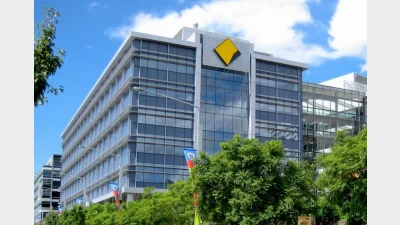Super costs not just about fees
Reducing the cost of superannuation is not just about fees and charges but also about improving investment processes and operations within superannuation funds, according to Russell Investments.
Russell co-chair of global consulting Don Ezra has reinforced the point to an Australian Institute of Superannuation Trustees luncheon, saying while Russell welcomes the debate around fees, there are other ways available to maximise superannuation savings for fund members.
"Superannuation funds can improve their implementation techniques by simply reducing unnecessary trades in multi-manager portfolios and reducing unwarranted transition management and foreign exchange trading costs," he said.
He said a transition management transaction could cost a fund up to between 60 and 180 basis points per transaction.
Ezra said as well as ensuring better implementation, superannuation funds could help members improve their strategies in three ways: encouraging the use of a target date approach, assisting members with skilling up on basic financial education and helping members draw down on their superannuation gradually.
Recommended for you
Introducing reforms for strengthening simpler and faster claims handling and better servicing for First Nations members are critical priorities, according to the Super Members Council.
The Commonwealth Bank has warned that uncapped superannuation concessions may be “unsustainable” and has called for the introduction of a superannuation cap.
Superannuation funds have posted another year of strong returns, but this time, the gains weren’t powered solely by Silicon Valley.
Australia’s $4.1 trillion superannuation system is doing more than funding retirements – it’s quietly fuelling the nation’s productivity, lifting GDP, and adding thousands to workers’ pay packets, according to new analysis from the Association of Superannuation Funds of Australia (ASFA).









